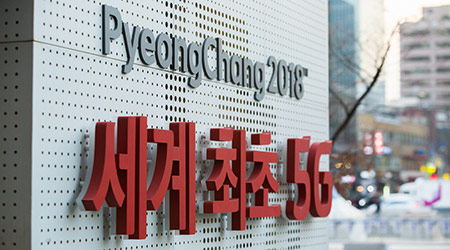
EPAct 179D Tax Deductions Retroactively Extended For 2017
February 13, 2018
If you did an energy efficiency project last year, you may still be able to get a tax benefit this year. According to Charles Goulding of Energy Tax Savers, the new spending bill signed early Friday morning — The Bipartisan Budget Act of 2018 — extended the EPAct 179D tax deduction to retroactively apply to projects completed in 2017. Goulding writes, “This means that any commercial or government building completed in 2017 is now eligible for up to the tax incentive of up to $1.80/sq.ft.”
In a recent FacilitiesNet post, Goulding laid out the case for extending the tax deductions — including how the energy efficiency market requires skill labored, and therefore creates jobs. As well, large-scale energy efficiency creates energy security, helping the U.S. become energy independent from foreign fossil fuel sources.
Whether or not facility managers can take advantage of the tax deduction this year, the news is welcome as it may indicate Congress may be willing to extend the current tax deductions again, or rewrite energy policy to provide for new tax deductions. The Alliance To Save Energy hailed the extension but also called for a longer-term solution for energy efficiency tax deductions. ASE writes, “We are pleased that Congress recognized the value of energy efficiency incentives by reinstating them for 2017. But unfortunately, under this bill we still don’t have forward-looking tax policy encouraging energy efficiency. To incentivize behavior what we really need is predictable, long-term policy that rewards homeowners and builders for efficiency improvements and high-efficiency construction. Houses and buildings account for about 40 percent of U.S. energy consumption, and often will be in the ground for 50 years or longer, so it’s critical that we get this right.” Read ASE’s fact sheet on the 179D deductions here.
EPAct 2005 was one of the most sweeping changes to the tax code regarding energy efficiency and building owners have saved millions of dollars from the energy efficiency tax deductions for building envelope, lighting, and HVAC projects.
This story from 2013 written by Goulding explains the EPAct 1079D deduction in much more detail.
This Quick Read was submitted by Greg Zimmerman, executive editor, Building Operating Management. Read his cover story profiling Northwestern University’s vice president of facilities management, John D’Angelo.
Next
Read next on FacilitiesNet












